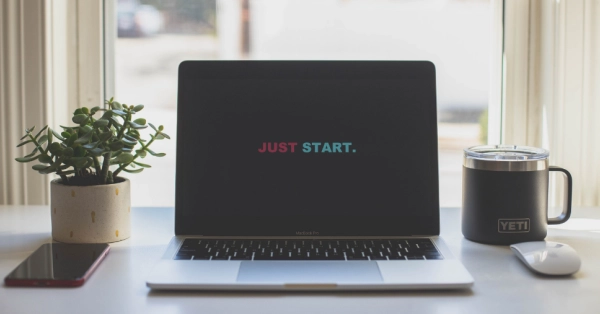For any business, regardless of the stage it is in, customer experience can become a solid advantage over the competition.

A loyal community of customers and supporters ensures your business thrives even – or especially – in times of crisis, when resources are limited and people tend to give up on non-essential purchases.
Any business, whether multinational or local, 100 years old or brand new, needs to put the customer at the center of all its actions. This strategy is a winner because it helps you increase the loyalty of your customers in the long term, attract new customers much more easily, differentiate yourself from your competitors and be very difficult to copy, become more profitable, attract better employees and increase the loyalty of the existing customers.
And since customer experience is so important, I recommend that you prepare your customer experience picture. It helps you make the right decisions, especially at the beginning of the journey, when decisions are very likely to be made in haste. For those of you who have already been in business for years and want a coherent restart with results that last, with customers who recommend you, it is not too late to take a new look at your business through the lens of customer experience.
How to transform your customers' experiences
First of all, if it’s very clear to you that you serve your customers, you need to know very clearly what it means to serve someone. Every person in the organization must know this simple definition: to serve is to do something to create value for someone else. This is the definition that will guide your business.
Secondly, you need a tool to help you design your customer experience based on their core values or needs. We at Up Your Service use a tool developed by Ron Kaufman which is called " the 4 categories of value ". We believe that any customer who buys a brand, looks for value in 4 categories:
-
The main product – this is the main reason why people come to you. A customer comes to you mainly because you have this product, and you have to evaluate all the financial aspects for this product (price, taxes, commissions), the performance of the product (features, customer benefits), the collections (packaging, presentation, editions, enhancements, warranties, your changes) and your people's knowledge of the product. To differentiate yourself in this category, you need to continuously innovate your product in all its aspects and always be aware of what customers value about your core product. And you obviously need to study the competition's product as well.
-
Delivery systems – these are the systems that help customers easily access your product. For the customer, getting to your product must be convenient, accessible, fast and very easy. In this category we have the speed, accessibility and convenience of the customer (friendly and simple processes, signage, warning - on the shelf, with service or self-service, online, by phone, on a schedule, 24/7). Differentiation in this category helps you find systems that increase delivery speed and accessibility.
-
Service mindset or attitude – the way you meet, greet and treat people. You always need people who are positive and can solve any problem with joy, who are thoughtful, who care about others and put the customer at the center of their attention, who are generous and offer their time and resources, and who are proud of what they do.
-
Long-term relationship – your effort to stay in the customer's mind over time. You may want to think about knowing and studying your customers to understand their needs, hopes, fears, priorities and problems. To think long-term, to anticipate all the future changes in your customers’ behaviors, to keep in touch with them without disturbing them, to create special programs and campaigns for all your customers, to constantly receive improvement feedback from them.
If you're just starting out, your differentiation focus will be on the first two categories: having a great product and great delivery systems. As your business grows, you'll find that your core product and delivery systems can be copied very easily, so you'll need to extend your differentiation to the last two categories: service mindset and long-term relationship. However you may choose to do it, it's good to know that this is an ongoing process because customer expectations are always changing.











